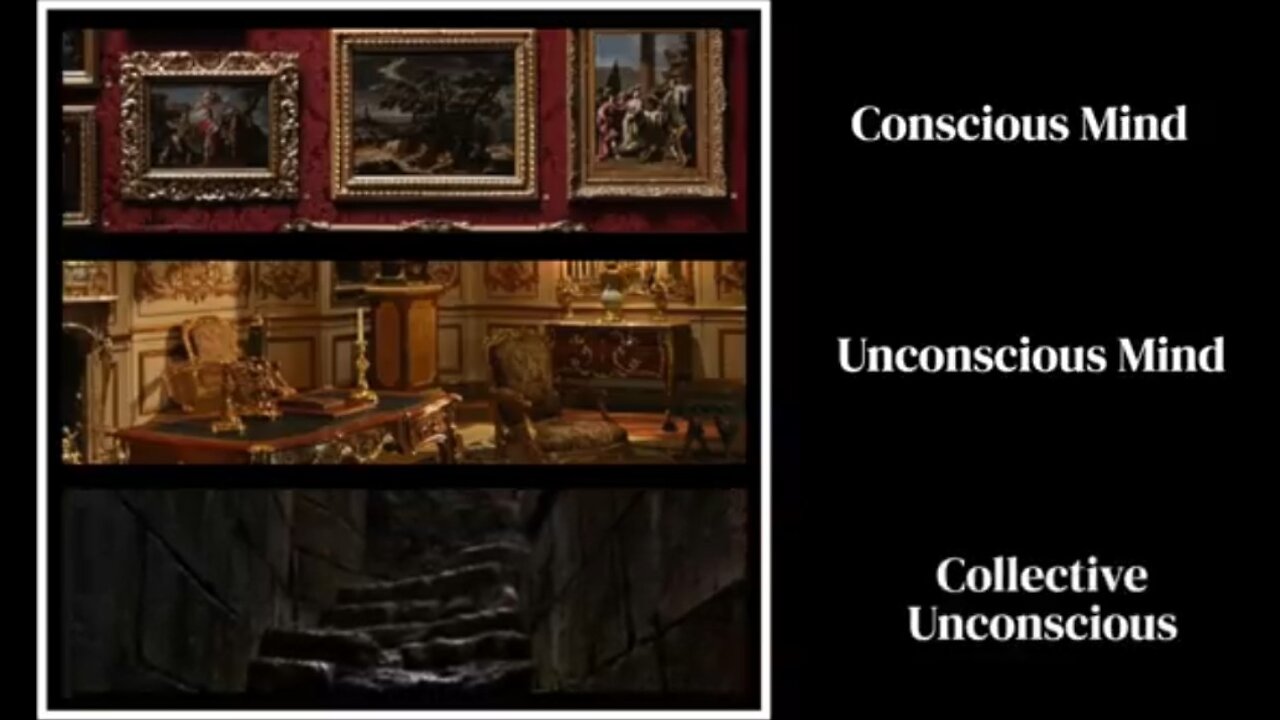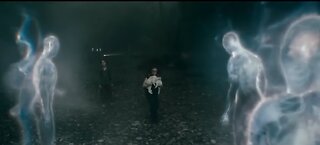Premium Only Content

Your mind is much older than you think !
How old is your mind? And is there such a thing as genetic memory? These ideas have been explored in video games and films like Assassin’s Creed. But it’s not a new idea. It can be traced to psychologist Carl Jung’s concept of the collective unconscious.
Our traditional understanding is that memories are formed through networks of neurons in the brain. But researchers are discovering a new kind of memory that’s stored within the nucleus of neurons, deep within our DNA.
Carl Jung’s work builds on the work of his one-time friend, colleague, and fellow psychologist Sigmund Freud, who posited that we have a conscious mind (which is made up of all the things we’re aware of, including the ego) and an unconscious mind, with is a repository of repressed desires, thoughts and memories. Freud hoped that Jung would be his successor and carry on his work, but this would never come to pass. Their disagreements grew as Jung made this own development and took his own direction in psychology, which diverged sharply from Freud’s.
One of their major disagreements, was Jung’s concept of the collective unconscious, a kind of universal human memory that’s imprinted in the psyche; a storehouse of symbols and imagery that’s independent of time and space.
We can think of it as a kind of universal ancestral memory, and we inherit the collective unconscious from our ancient ancestors, and it’s common to every person and every culture in the world. It’s the part of the mind that we all have available to us, and we can all tap into.
Jung maintained that the collective unconscious was made up of psychic structures that are universal, that form all the elements of human experience, and are expressed as reoccurring patterns that shape our lives. He called these patterns archetypes. Examples of archetypes include the great mother. The wise old man. And the trickster. We see versions of these archetypes in every culture in the world. Other archetypes include the persona, and the shadow.
Perhaps the most powerful archetype in Jung’s approach are numbers. Jung came to believe that the numbers 1 to 9 were some of the potent archetypal symbols of the psyche, and were the most basic and universal symbols we have.
Jung once wrote that “number and synchronicity were always brought into connection with one another, both possess numinosity and mystery as their common characteristics, and all numbers from 1 to 9 are sacred.”
Jung believed that everything is connected. That there’s an underlying unified reality from which everything emerges and to which everything returns. He called this idea Unus Mundus. This bears a striking similarity to the ancient Chinese concept of Qi, which is the vital energy that flows through all things.
TIMESTAMPS
00:00 - How old is your mind?
03:02 - Part One: The origins of Genetic Memory
05:41 - Part Two: Carl Jung’s Collective Unconscious
10:52 - Part Three: The most powerful archetype (number archetypes)
13:06 - Epilogue: Carl Jung on Unus Mundus and Synchroncity
-
 11:22
11:22
MrCe
1 day agoBeyond the Event
43 -
 1:04:09
1:04:09
TheCrucible
1 hour agoThe Extravaganza! EP: 35 (9/11/25)
6.23K6 -
 LIVE
LIVE
Dr. Drew
5 hours agoCharlie Kirk Assassination: 24 Hours Later, What We Know About The Utah Valley University Shooting w/ Salty Cracker, Free Speech Activist Douglass Mackey & Experts – Ask Dr. Drew
2,522 watching -
 1:17:50
1:17:50
Redacted News
2 hours agoBREAKING! CHARLIE KIRK'S ASSASSIN IDENTIFIED, NATIONWIDE MANHUNT UNDERWAY | Redacted News
177K167 -
 1:05:30
1:05:30
vivafrei
4 hours agoCharlie Kirk Assassination FBI Updates - With FBI Whistleblower Kyle Seraphin
200K116 -
 1:59:22
1:59:22
The Quartering
4 hours agoJustice For Charlie Kirk! FBI Releases Photo Of Shooter, Mass Firings For Those Who Celebrate!
246K148 -
 36:31
36:31
Stephen Gardner
3 hours ago🔥NEW: FBI's Bombshell Reveal on Charlie Kirk Assassin!
62.2K163 -
 LIVE
LIVE
RealAmericasVoice
3 days agoHOME OF REAL NEWS
7,122 watching -
 1:21:52
1:21:52
The HotSeat
3 hours agoThe Manhunt Is Underway! Time Is Running OUT!
38.8K26 -
![[Ep 746] Remembering: Charlie Kirk, 9/11, Benghazi | Guests Dave Bray [USA] & Tim Cruickshank](https://1a-1791.com/video/fww1/56/s8/1/i/-/-/g/i--gz.0kob.2-small-Ep-746-Remembering-Charlie-.jpg) LIVE
LIVE
The Nunn Report - w/ Dan Nunn
3 hours ago[Ep 746] Remembering: Charlie Kirk, 9/11, Benghazi | Guests Dave Bray [USA] & Tim Cruickshank
160 watching